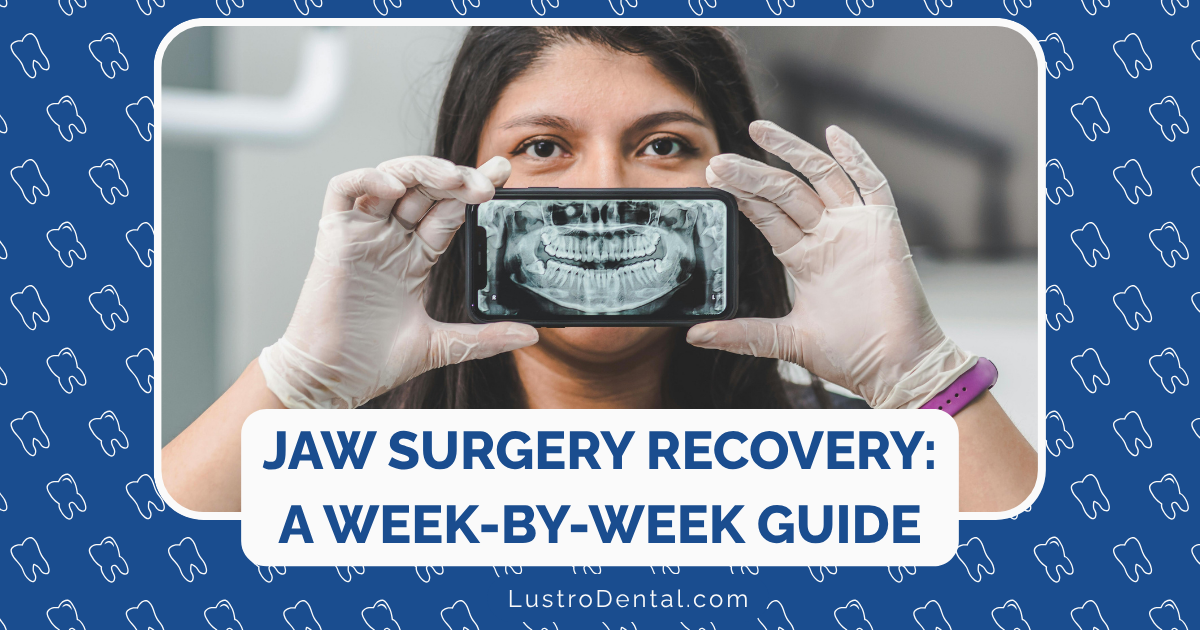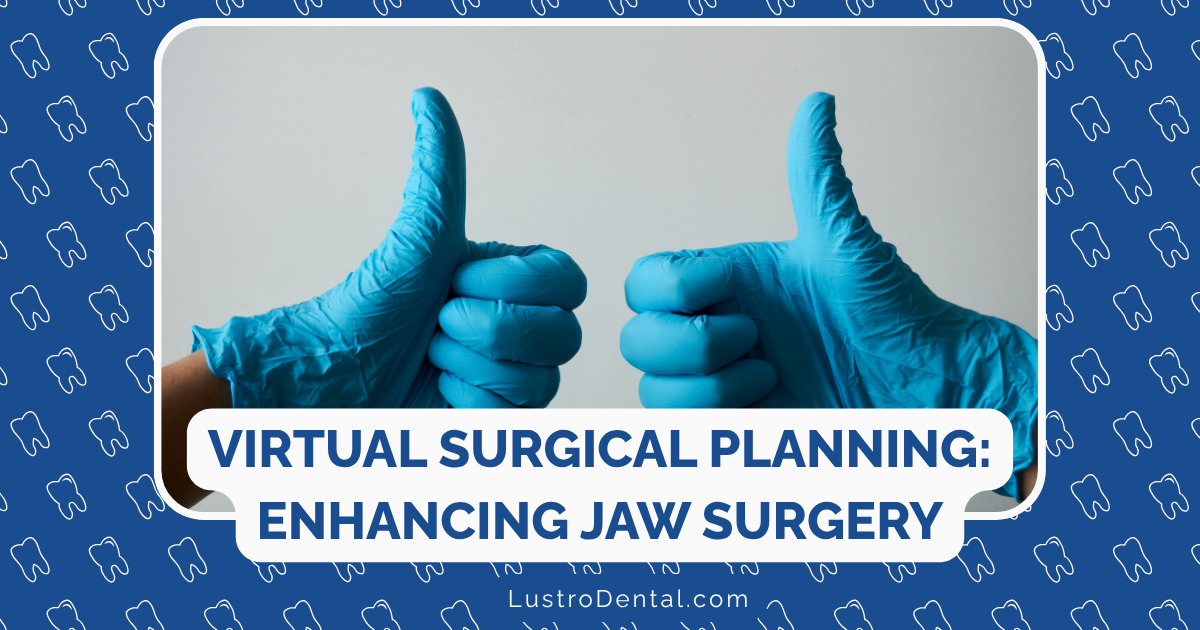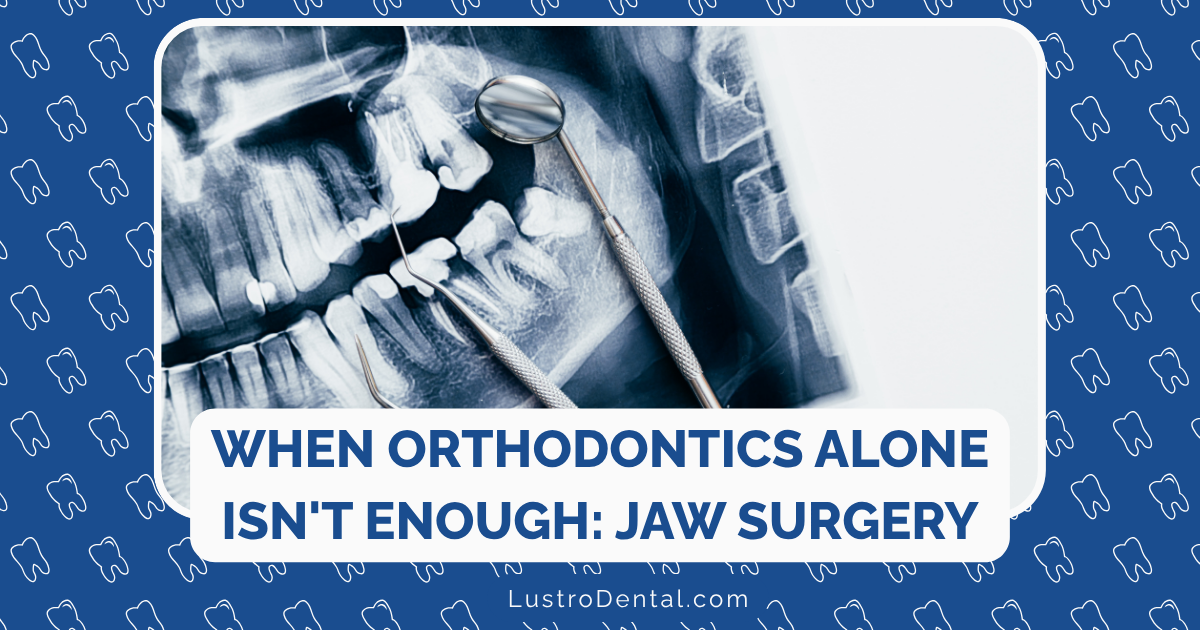Digital Retainers: How Technology Is Making Replacement Easier Than Ever

Lost your retainer? Accidentally threw it away wrapped in a napkin at lunch? Or perhaps your faithful retainer has simply worn out after years of use? Not long ago, these scenarios meant uncomfortable impression trays filled with gooey material, a week or more of waiting, and often a significant expense.
Thankfully, the digital revolution has transformed orthodontics, making retainer replacement faster, more accurate, and increasingly convenient. Today’s digital scanning and 3D printing technologies have fundamentally changed how retainers are created and replaced, offering unprecedented benefits for patients.
In this article, we’ll explore how digital technology is revolutionizing orthodontic retainers, the advantages for patients, and what the future holds for this rapidly evolving field.
The Digital Revolution in Orthodontics
From Goop to Gigabytes: The End of Traditional Impressions
For decades, the process of creating orthodontic retainers began with alginate impressions—those trays filled with a putty-like material that captured the shape of your teeth. While effective, this method had several drawbacks:
- Discomfort: Many patients found the process uncomfortable or anxiety-inducing
- Inaccuracy: Bubbles, distortions, or gag reflexes could compromise the impression
- Time-consuming: The procedure required significant chair time
- Limited shelf life: Physical impressions could warp or deteriorate over time
- Storage challenges: Dental offices needed physical space to store models
Digital scanning has largely eliminated these issues. According to New Smile Life, digital technology captures thousands of images per second to create a highly accurate 3D model of your teeth and gums—all without the mess and discomfort of traditional impressions.
How Digital Scanning Works
The digital retainer process typically follows these steps:
- Digital Scanning: An intraoral scanner (a wand-like device) is moved around your mouth, capturing detailed 3D images of your teeth and gums in minutes.
- Digital Modeling: The scanned images are assembled into a precise 3D model using specialized software.
- Design Optimization: Orthodontists can fine-tune the retainer design digitally, ensuring perfect fit and function.
- Digital Fabrication: The finalized design is sent to a 3D printer or milling machine that creates the physical retainer.
- Cloud Storage: Your digital scan is securely stored in the cloud, making future replacements seamless.
According to Othman Orthodontics, this entire scanning process typically takes less than two minutes—a dramatic improvement over traditional impressions.
The Advantages of Digital Retainers
1. Superior Accuracy and Fit
Digital scanning captures details with precision that traditional impressions simply cannot match. Sturgill Orthodontics notes that this enhanced accuracy translates to retainers that fit better, feel more comfortable, and perform their function more effectively.
The precision of digital scanning is particularly important for retainers, where even minor inaccuracies can affect both comfort and effectiveness. Digital scans can capture details down to 10 microns—about one-tenth the width of a human hair.
2. Faster Turnaround Time
Traditional retainer fabrication could take 1-2 weeks from impression to delivery. With digital technology, this timeline is dramatically reduced:
- No shipping of physical impressions to dental labs
- Immediate digital transmission of scan data
- Automated design processes that reduce manual labor
- Rapid manufacturing through 3D printing or milling
According to My VA Braces, the turnaround time for creating orthodontic appliances has improved from weeks to days thanks to 3D printing technology.
3. Convenient Replacement Options
Perhaps the most significant advantage of digital retainers is the ease of replacement. With your digital scan securely stored in the cloud, replacing a lost or damaged retainer can be as simple as making a phone call—no new impressions needed.
Many orthodontic practices now offer digital retainer guarantee programs. For example, Fry Orthodontics offers a program where patients can order unlimited replacement retainers for five years at just $25 per retainer after paying an initial activation fee.
Similarly, Bernstein Braces offers a spare retainer program for just $50 per arch, representing significant savings compared to traditional replacement costs.
4. Enhanced Durability and Quality
Digital retainers aren’t just more accurate—they’re often more durable as well. According to Freytag Orthodontics, digital retainers made using Invisalign’s patented technology are:
- 30% stronger than traditional retainers
- Twice as durable
- More resistant to cracking and breaking
These improvements in material quality and manufacturing precision mean fewer replacements over time, saving both money and inconvenience.
5. Environmentally Friendly
Digital retainer technology also offers environmental benefits:
- Reduced material waste from impression materials
- Lower carbon footprint from eliminated shipping of physical models
- Less plastic waste from more durable retainers that need fewer replacements
- Decreased storage requirements for physical models
The Economics of Digital Retainers
While the initial investment in digital technology is significant for orthodontic practices, the long-term economics make sense for both providers and patients.
Cost Comparison: Traditional vs. Digital
Traditional retainer replacement typically costs $200-300 per retainer or $400-600 for a full set. In contrast, digital retainer programs often offer significant savings:
| Aspect | Traditional Retainer | Digital Retainer Program |
| Initial cost | $0-300 | $195-795 activation fee |
| Replacement cost | $200-300 each | $25-50 each |
| Impressions needed | Yes, each time | No, digital scan stored |
| Office visit required | Yes | Often no |
| Long-term cost (3 replacements) | $600-900 | $270-845 |
The break-even point typically occurs after just 2-3 replacements, making digital retainer programs particularly valuable for patients who tend to lose or damage their retainers.
Value Beyond Price
The value proposition extends beyond direct costs:
- Time savings from fewer office visits
- Convenience of mail-order replacements
- Peace of mind knowing a replacement is easily accessible
- Better outcomes from more precise fit and durability
The Patient Experience with Digital Retainers
The shift to digital retainers has transformed the patient experience in several key ways:
1. Improved Comfort During Creation
A 2022 study published in SAGE Journals found that patients generally adapted quickly to their retainers, with many reporting that the digital scanning process was far more comfortable than traditional impressions.
“The digital scanner was so quick and easy,” reports Sarah, a 16-year-old patient. “I remember my older brother gagging on those impression trays, but my experience was completely different. The orthodontist just moved a small wand around my mouth for a couple of minutes, and that was it!”
2. Better Communication and Visualization
Digital technology enhances patient understanding through:
- 3D visualizations of their teeth and retainer design
- Clear explanations of how the retainer works
- Visual tracking of any minor tooth movements over time
This improved communication helps patients understand the importance of proper retainer wear and maintenance.
3. Reduced Anxiety About Loss or Damage
The ease of replacement significantly reduces the anxiety associated with retainer care. Knowing that a replacement is just a phone call away—without needing new impressions—provides peace of mind, especially for younger patients.
“My son lost two retainers in his first year of wear,” explains Michael, father of a 14-year-old patient. “With the digital program, we just called the orthodontist, and replacement retainers arrived in the mail a few days later. No panic, no rush appointments, no extra costs.”
The Technology Behind Digital Retainers
Digital Scanning Technology
Several advanced intraoral scanning systems are currently used in orthodontics:
- iTero Scanner: Utilizes optical technology to capture thousands of images per second
- 3Shape TRIOS: Features motion capture technology for easier scanning
- CS3800: Features a smaller scanning head, ideal for younger patients
These scanners use different technologies (laser, optical, or video) but all achieve the same goal: creating a precise digital model of the patient’s teeth.
3D Printing and Fabrication
Once the digital model is created, retainers can be fabricated through various methods:
1. Thermoforming with 3D Printed Models
In this method:
- A physical model of the teeth is 3D printed from the digital scan
- A clear plastic sheet is heated and vacuum-formed over this model
- The excess material is trimmed away to create the final retainer
2. Direct 3D Printing
Increasingly, retainers are being directly 3D printed without the intermediate step of creating a physical model. According to a 2023 study published in PMC, directly 3D-printed retainers are becoming a time and cost-efficient alternative to conventional methods.
Common 3D printing technologies for retainers include:
- SLA (Stereolithography): Uses a laser to cure liquid resin
- DLP (Digital Light Processing): Uses a digital projector screen
- PolyJet: Deposits photopolymer materials in ultra-thin layers
3. Milling
Some digital retainers are milled from a solid block of material using computer-controlled cutting tools. This subtractive manufacturing process can provide excellent precision but generates more waste than 3D printing.
Materials Innovation
Digital retainer technology has also driven innovations in materials:
- TruGEN™ XR: Developed by Spark™, this material can withstand at least 450 insertion/removal cycles according to Ormco’s 2025 announcement
- PEEK (Polyetheretherketone): A biocompatible material that addresses allergies and is compatible with MRI scans
- Hybrid materials: Combining durability with comfort for optimal patient experience
The Future of Digital Retainers
The field of digital orthodontics continues to evolve rapidly. Here are some emerging trends to watch:
1. AI-Enhanced Design and Monitoring
According to a 2025 study in MDPI, artificial intelligence is transforming orthodontic care by:
- Creating more personalized treatment and retention plans
- Predicting potential issues before they occur
- Optimizing retainer design for each patient’s unique dental characteristics
- Enabling remote monitoring of retention and tooth stability
2. At-Home Scanning Technology
While current digital scans are performed in orthodontic offices, the future may bring at-home scanning options:
- Smartphone-based scanning apps for preliminary assessment
- Mail-in scanning devices for retainer replacements
- Integration with teleorthodontic platforms for comprehensive care
3. Subscription-Based Retainer Services
Building on current digital guarantee programs, we may see more comprehensive subscription models:
- Annual fees covering all retainer needs
- Regular replacement schedules based on wear patterns
- Integration with dental insurance plans
- Bundled services including cleaning solutions and accessories
4. Biodegradable and Smart Materials
Material science continues to advance with:
- Environmentally friendly, biodegradable retainer materials
- “Smart” materials that can adapt to minor tooth movements
- Antimicrobial properties to reduce bacterial buildup
- Self-cleaning surfaces for improved hygiene
Implementing Digital Retainer Technology in Your Practice
For orthodontists considering implementing digital retainer technology, here are key considerations:
1. Investment Analysis
- Equipment costs: Digital scanners range from $15,000 to $50,000
- Software subscriptions: Monthly fees for design software and cloud storage
- Training requirements: Staff education on new workflows
- Return on investment: Typically 2-3 years depending on practice volume
2. Patient Education and Marketing
- Highlight the convenience and accuracy benefits for patients
- Create comparison materials showing traditional vs. digital processes
- Develop retainer guarantee programs that incentivize patient enrollment
- Use before/after testimonials from satisfied patients
3. Workflow Integration
- Map out new clinical protocols for scanning and delivery
- Establish digital record management systems
- Create clear communication channels with fabrication partners
- Develop troubleshooting protocols for technical issues
Conclusion: The Digital Retention Revolution
The shift to digital retainers represents more than just a technological upgrade—it’s a fundamental transformation in how orthodontic retention is managed. By eliminating the discomfort of traditional impressions, reducing waiting times, and making replacements remarkably convenient, digital technology has removed many of the pain points associated with retainer wear and maintenance.
For patients, this means better-fitting retainers, easier replacements, and ultimately, better protection for their orthodontic investment. For orthodontists, digital technology offers enhanced precision, streamlined workflows, and new opportunities to provide value-added services.
As we look to the future, continued innovations in scanning technology, materials science, and artificial intelligence promise to make orthodontic retention even more convenient and effective. The days of messy impressions and week-long waits for retainer replacements are rapidly becoming a thing of the past—and that’s something worth smiling about.
Have you experienced digital scanning for a retainer? Share your experience in the comments below!







